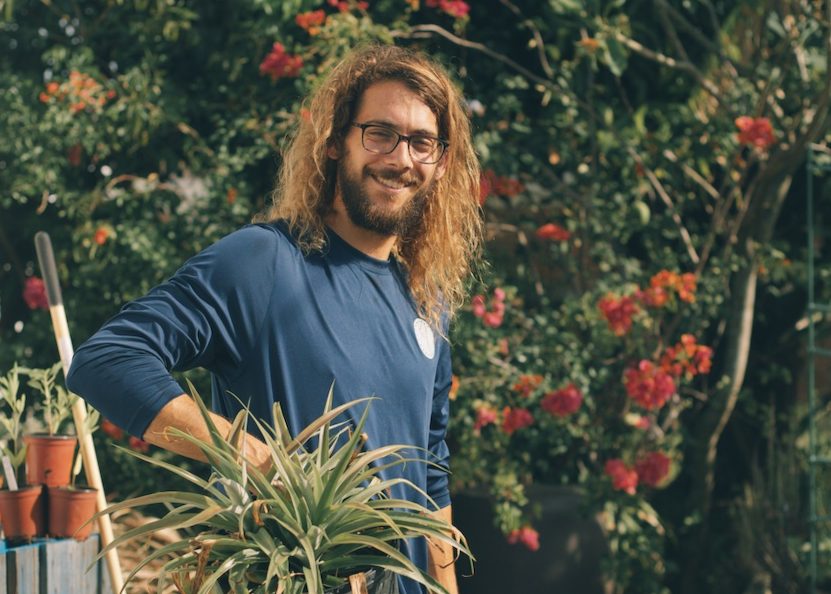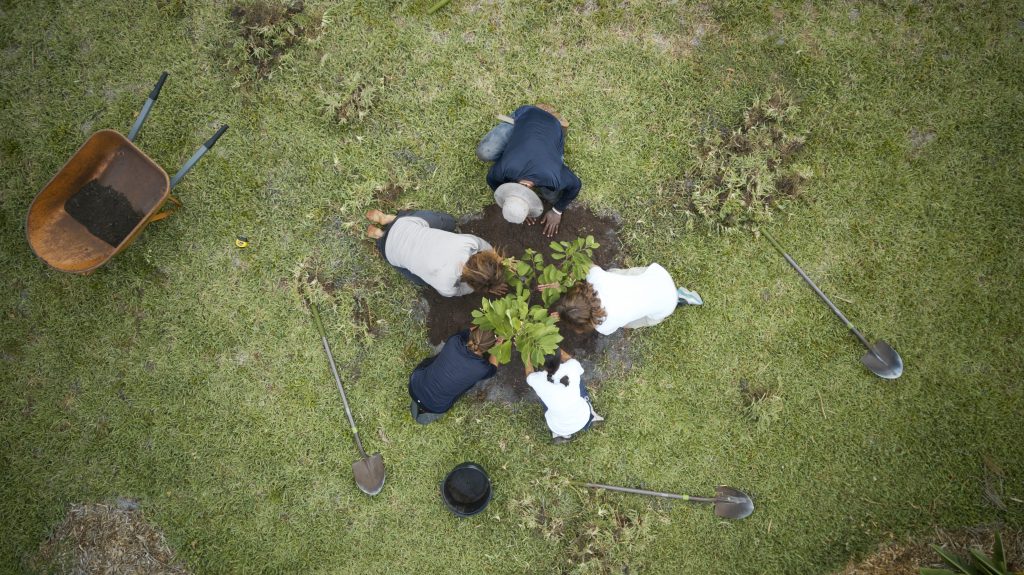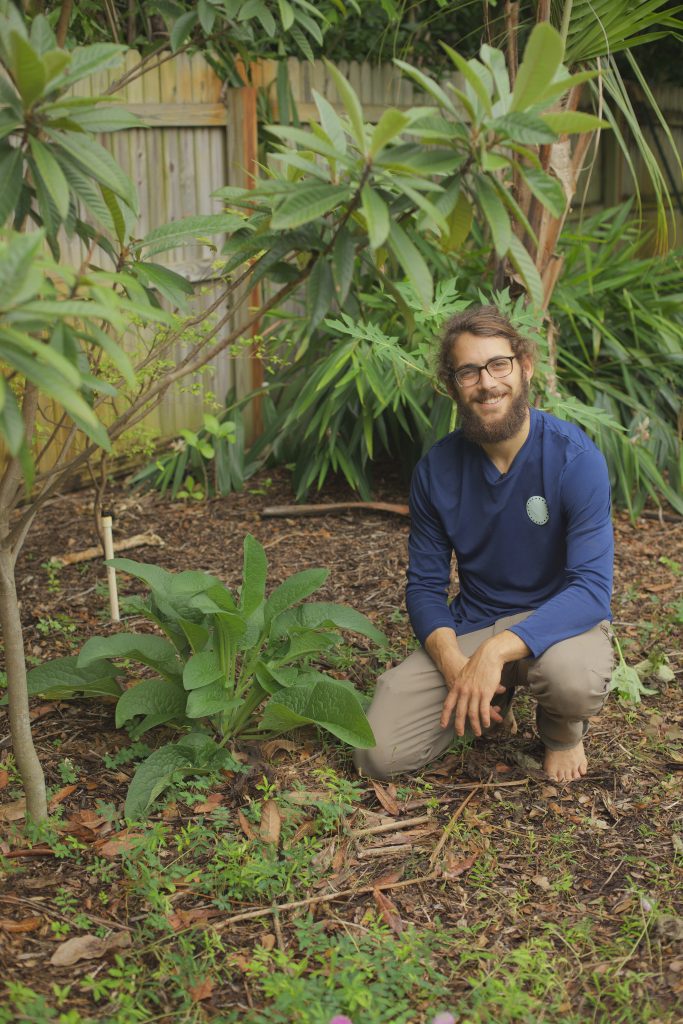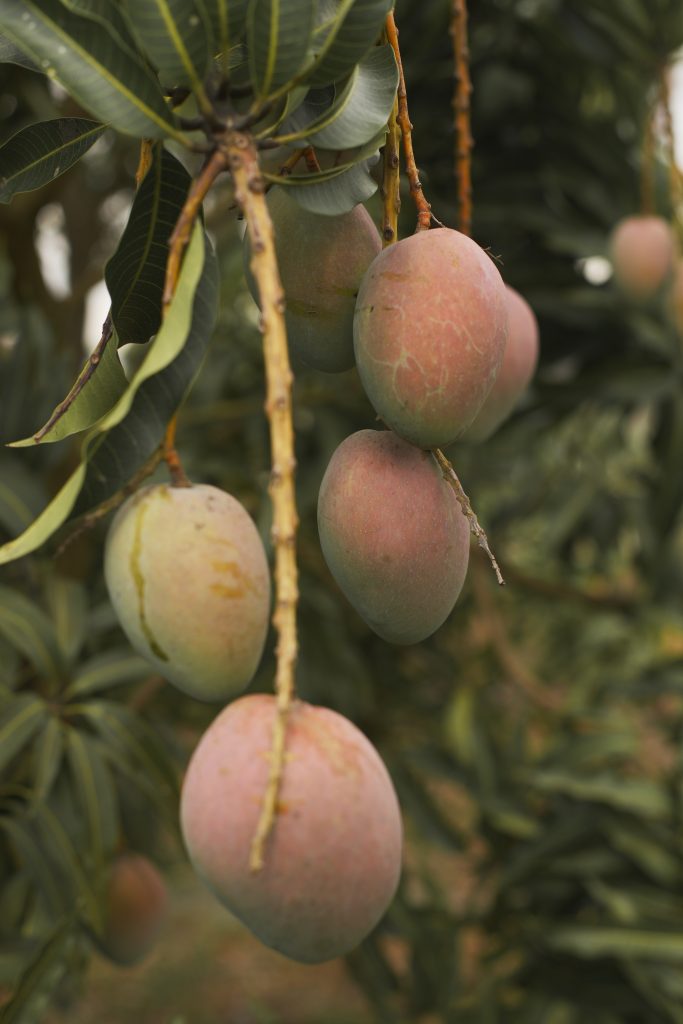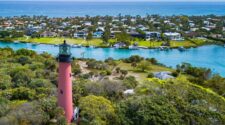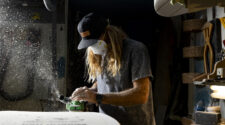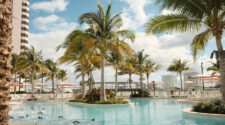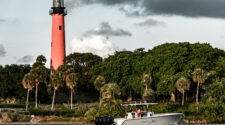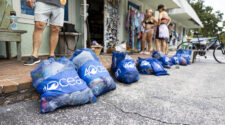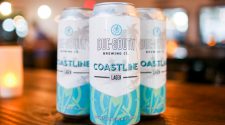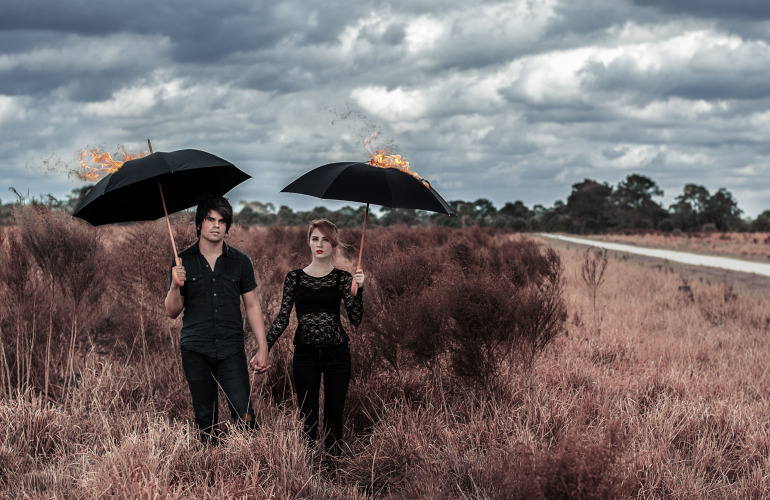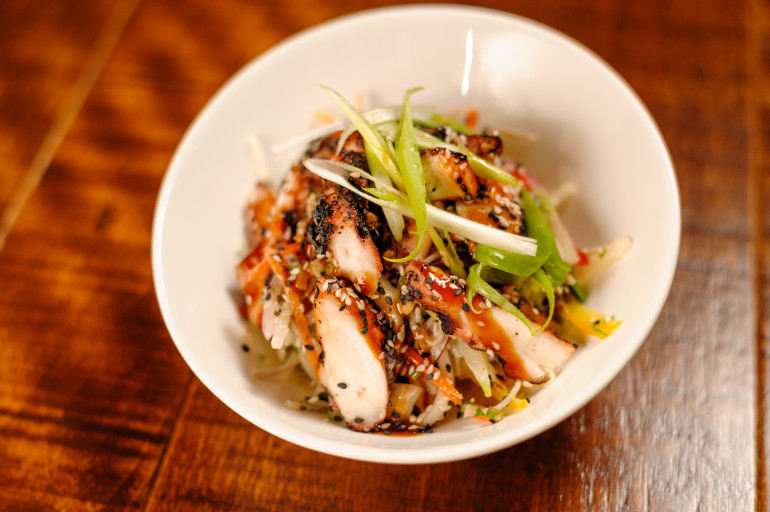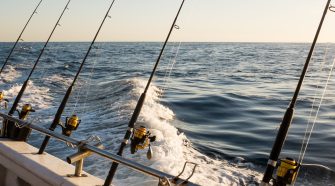Jack Sandquist Is Palm Beach County’s Very Own Johnny Appleseed
By David Rolland
Photos: Tallymark Productions
Growing up in North Palm Beach, Jack Sandquist saw plants as just a wall of green. “You’d drive down the highway and all the plants looked the same. You don’t know what plant is what and you figure they’re all alike. Then when you start having a relationship with plants you learn all their differences,” he said.
In his second year of college, Sandquist decided he’d had enough of his own personal plant ignorance. He decided to drop out of school and see the world.
“I was able to travel by working at farms. I have all these great memories, like eating blackberries and strawberries in Sweden, which was bad ass,” Sandquist said. “I didn’t know it was possible to integrate farming into my life. Farming is a lifestyle as much as surfing or rock climbing or anything else. It’s so much more than manual labor. It excites me to give other people that spark.”
In 2016 back home in Palm Beach, Sandquist set up his edible landscaping company, Urban Abundance. But about a year ago he decided he wanted to give back to his community with a little plan of action he calls guerrilla gardening.
“I always figured planting is the key to abundance. So last year I planted 35 fruit trees for free in Palm Beach Gardens. We documented it and it got a lot of hype. I want to show people what’s possible,” Sandquist said. “I don’t have money, power, or influence, but I do have trees that can be of service to the community. Ten years from now these trees will be more valuable to society than if they were just sitting in my nursery waiting for someone to buy them.”
Sandquist believes the more people are exposed to the delicious fruits that trees can bear, the more people will appreciate the importance of plants. “Developers get to do whatever they want. There should be more thought put into nature when we’re developing. I definitely hope this will get people to talk about managing nature more,” he said.
And so Sandquist always has his eye open on where would be a good place to guerrilla garden banana, guava, passion fruit, mango, jackfruit, and avocado trees. He’s yet to get in any trouble for doing this without any official permission.
“We can finagle it so we don’t do it in front of city hall. Usually we do it in the day time. Though I once planted some mango trees at midnight at my old apartment complex,” Sandquist said. “I have enough practice that planting a tree is a 10-minute process. I look like a landscaper, so if you act like you own the place no one will really bother you.”
He knows some people get mad at fruits falling on cars or sidewalks, so Sandquist is mindful to not plant on medians where they could drop on cars. Even if he feels that’s a petty attitude to have.
“It’s definitely an objection for some people that fruits can make a mess. Easier isn’t always better, and besides, there are trash cans on every corner 20 feet apart,” Sandquist said. “Mango trees that fruit once a year don’t make as much of a mess as all the garbage that flies out of those trash cans.”
After guerrilla gardening 35 fruit trees last year, he’s eager to get back in the habit of planting some more fruit trees in the neighborhood. “I’d like to go back and check on all the plants I planted last year, too. I know landscapers took some of them out. But I know some are still kicking. I’ve driven by at least a half dozen that are still standing,” he said.
So now he no longer sees plants as a wall of green. Now he can value them for all their worth as he lives by an old farmer’s adage: “They say the second best time to plant a fruit tree is right now. The best time to plant a fruit tree was 20 years ago. By planting trees now people in the future can enjoy them.”
